The wrecker met the ambulance back in our garage area and I got my first look at the car. I new that it hadn’t caught fire (there had been three guys with thankfully unused extinguishers at the ready when I got out of the car) but on the truck it looked like a mess. The driver’s front was flat, the splitter was pulled under the car, the horn of the AME subframe was sticking through the lower valance and of course the fender was about two feet outside of where it was supposed to be. The LED headlight was gone - as was the headlight bucket - and the rad support was broken and resting on the down tube. To get the car off the wrecker we needed to pry the valence up while the wrecked pulled forward. It was a sobering endeavor.


When we finally got the car off the truck and pushed in to the garage the weight of the moment was really sinking in. I was 2,800 miles from home without a truck and trailer and, at this point, my mind was reeling with the question of how I was going to get the car fixed… or home… and what that would mean to the rest of the season… or next season. Then the TV folks came in and did their thing and then people started to arrive… and that’s when the fun started.

It began with a quick evaluation of the damage – or the lack thereof – and it snowballed from there. I think that Rodney Prouty was probably the first guy there and the two of us started looking things over. Amazingly there were no fluids under the car, the radiator was intact, and aside from the power steering reservoir cap missing there didn’t seem to be any mechanical carnage. I briefly considered trying to start the car – a bit of a Dale Sr. moment – but noticed that the rad support had pushed backwards and my air box was against the crank pulley. At this point more and more folks are coming over and jumping in as we slowly start grabbing tools to pull the (untouched!?) hood off and remove the fender to get a better look. With the fender out of the way we were able to pull the rad support forwards and get the air box off the crank pulley allowing me to try starting the car. Amazingly (at the time) the car fired right up and that was when everything changed…


By now the last of the cars were coming off the track from the final session of the day and more and more folks were filtering in to my garage area. I turned around and suddenly there was a floor jack beside me (which we used to pry the valence off the subframe)… a few minutes later the folks from RideTech wheeled their crash cart over… which was followed by a new 315/30-18 Falken tire… and more people. Our focus somehow changed from assessing the damage to seeing what we could do to make the car mobile before the decision was made to try to fix the car enough to finish the Daytona event.

Chad Reynolds – Mav-TV announcer and a hot rodder in every sense of the word - was surveying the cast off parts and piped up that he thought he could maybe get the fender useable and a few minutes later there were two guys jumping up and down on the fender with Chad beating the tar out of it with a 5-pound hammer. From that point until the garage area closed is now just a blur but I would hazard to say that at some points there were a dozen or more guys working on the car – reshaping, repairing, fastening and zip tying hoses and wiring back. There is no doubt that I will miss some folks but a hats off to everyone who made an extraordinary effort that night – most of the staff of RideTech was there including Rodney, Brit, Greg, Josh and Bret; Mike Copeland from Lingenfelter was elbows deep at one point, as was OPTIMA Batteries’ Cameron Douglass. John Parsons helped out, as did Ken, the trucker who hauled the OLC to Daytona and countless other folks who I unfortunately wasn’t able to spend much time with or thank properly.





